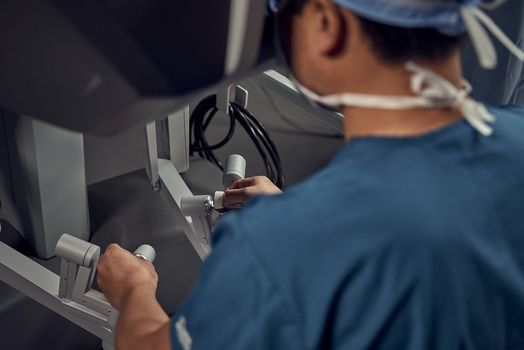As of the end of 2021, the Intuitive Surgical Company had an installed base of 6,730 da Vinci Surgical Systems worldwide, including 4,139 in the United States.
Another 1,199 were located in Europe, 1,050 in Asia and 342 in the rest of the world.
Intuitive Surgical estimates that surgeons using its technology completed approximately 1,594,000 surgical procedures of various types in hospitals around the world during the year ending December 31, 2021.
Intuitive Surgical develops, manufactures and markets robotic products designed to improve clinical outcomes for patients through minimally invasive surgery, especially with the da Vinci Surgical System.
Today, there are approximately 70 representative clinical uses for da Vinci Surgical Systems.
In addition, over time, the company believes there are many additional applications that can be addressed with the Ion Endoluminal System.
As of the end of 2021, Intuitive Surgical had an installed base of 129 Ion endoluminal systems, 128 of which are located in the United States.
For now, the company plans to pursue additional authorizations for Ion in markets outside the United States over time.
Intuitive Surgical
Striving to find less invasive ways to enter the body, provide clearer views of anatomy and more precise tissue interactions, and help refine surgical skills, Intuitive launched its first da Vinci Surgical System in 1999.
In 2000, the US Food and Drug Administration (FDA) cleared da Vinci for general laparoscopic surgery.
da Vinci Surgical Systems are designed to enable surgeons to perform a wide range of surgical procedures within specific specialties of general surgery, urology, gynecology, cardiothoracic, and head and neck.
To date, surgeons have used the da Vinci Surgical System to perform dozens of different types of surgical procedures.
Da Vinci systems offer surgeons high-definition three-dimensional vision (3DHD), a magnified view, and robotic and computer assistance.
They use specialized instrumentation, including a miniaturized surgical camera (endoscope) and wrist-worn instruments (eg, scissors, scalpel, forceps, etc.) that are designed to assist with precise dissection and reconstruction inside the body.
![]()

